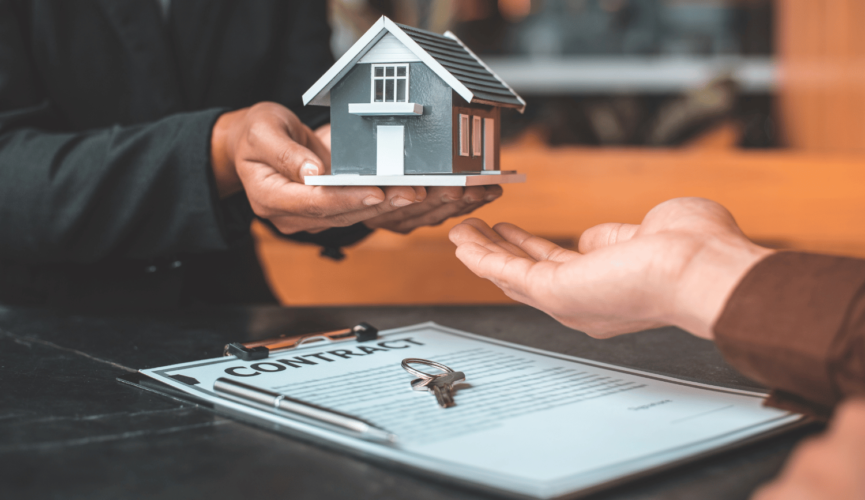Preparing to Buy a House: A Step-by-Step Guide for First-Time Homebuyers
Buying a house is a significant milestone and one of the biggest investments you’ll make in your lifetime. As a first-time homebuyer, the process can seem overwhelming, with numerous factors to consider and decisions to make. However, with proper preparation and guidance, you can navigate the homebuying journey smoothly and confidently. In this step-by-step guide, we’ll walk you through the essential steps to prepare for your first home purchase.
Step 1: Evaluate Your Finances
Before you start house hunting, it’s crucial to assess your financial situation. Determine how much you can afford to spend on a home by considering your income, debts, and monthly expenses. Use online mortgage calculators to estimate your potential mortgage payments, including principal, interest, taxes, and insurance (PITI). Additionally, factor in the costs associated with homeownership, such as utilities, maintenance, and repairs.
Step 2: Get Pre-Approved for a Mortgage
Getting pre-approved for a mortgage is an essential step that will give you a clear understanding of your budget and make you a more attractive buyer to sellers. Pre-approval involves providing your lender with financial documents, such as pay stubs, tax returns, and bank statements. The lender will then evaluate your creditworthiness and provide you with a pre-approval letter stating the maximum loan amount you can borrow.
Step 3: Determine Your Must-Haves and Nice-to-Haves
Before you start searching for homes, make a list of your must-have features and nice-to-have amenities. Consider factors such as the number of bedrooms and bathrooms, desired square footage, neighborhood, proximity to schools or work, and any specific features like a garage or yard. This list will help you narrow down your search and avoid wasting time on properties that don’t meet your needs.
Step 4: Explore Neighborhoods
Once you have a general idea of your budget and desired features, start exploring potential neighborhoods. Drive around areas that interest you, and take note of factors like safety, accessibility to amenities, and the overall vibe of the community. Attend open houses to get a feel for the local real estate market and the types of homes available in your price range.
Step 5: Find a Real Estate Agent
Working with a knowledgeable and experienced real estate agent can make the homebuying process smoother and less stressful. A good agent will understand your needs, provide valuable insights into the local market, and negotiate on your behalf. Interview several agents and choose one you feel comfortable with and who has a proven track record in your desired area.
Step 6: Get Pre-Qualified for a Loan
While pre-approval gives you an estimate of what you can borrow, getting pre-qualified for a loan is the next step. This process involves submitting a formal loan application and providing detailed financial documentation. Pre-qualification will give you a more accurate idea of your borrowing capacity and the loan programs you qualify for, such as conventional, FHA, or VA loans.
Step 7: Start House Hunting
With your pre-approval in hand and a real estate agent by your side, it’s time to start house hunting in earnest. Attend open houses, schedule private viewings, and take notes on the properties you visit. Pay attention to details like the condition of the home, the layout, and any potential repairs or renovations needed.
Step 8: Make an Offer
Once you’ve found the perfect home, it’s time to make an offer. Your real estate agent will guide you through the process, which includes submitting a written offer along with an earnest money deposit. Be prepared to negotiate with the seller on the price, closing costs, and any contingencies, such as a home inspection or appraisal.
Step 9: Get a Home Inspection
After your offer is accepted, it’s crucial to have the property inspected by a professional home inspector. This step is essential to uncover any potential issues or defects that may not be visible to the naked eye. If the inspection reveals significant problems, you may be able to renegotiate the price or request that the seller make necessary repairs before closing.
Step 10: Secure Homeowners Insurance
Before closing on your new home, you’ll need to obtain homeowners insurance. This type of insurance protects your investment and personal belongings from various risks, such as fires, storms, and theft. Shop around and compare policies from different providers to find the best coverage and rates.
Step 11: Finalize the Mortgage and Closing Process
Once all contingencies have been met and the paperwork is in order, it’s time to finalize your mortgage and prepare for closing. This includes reviewing and signing the closing documents, transferring funds for the down payment and closing costs, and completing any final walk-throughs or inspections.
Step 12: Celebrate and Move In!
After the keys are in your hand, it’s time to celebrate your achievement and start planning your move. Hire professional movers or enlist the help of friends and family to make the transition as smooth as possible. Remember to update your mailing address, transfer utilities, and explore your new neighborhood.
Buying a home is a significant investment and a major life milestone. By following these steps and being well-prepared, you can navigate the process with confidence and make informed decisions every step of the way. With patience, determination, and the right guidance, you’ll be well on your way to becoming a proud homeowner.

